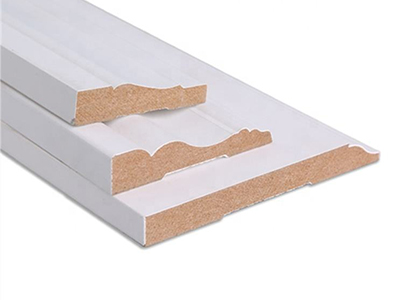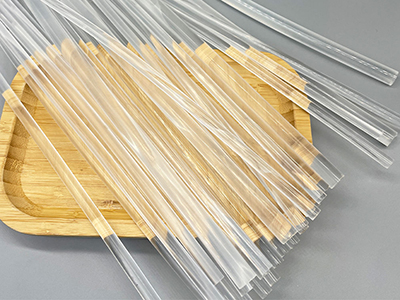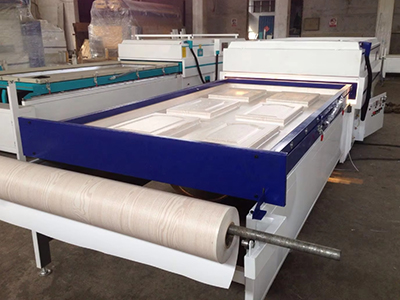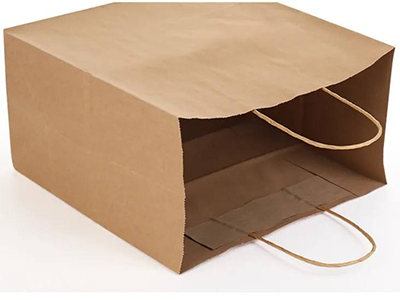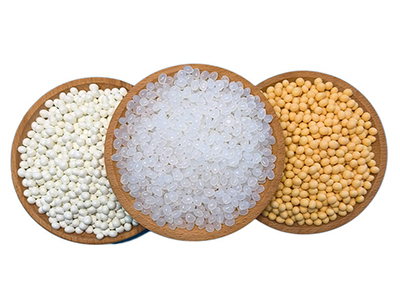Medium-Density Fiberboard (MDF) is a popular material used in furniture, cabinetry, and various woodworking projects due to its affordability, smooth surface, and ease of machining. However, like any material, MDF has its disadvantages. The biggest drawback of using MDF is its susceptibility to moisture and the potential for swelling and warping as a result.
Susceptibility to Moisture
Explanation
MDF is composed of wood fibers bonded together with resin under high pressure. While this process creates a strong and uniform material, MDF lacks the natural moisture resistance of solid wood. When exposed to moisture, MDF can absorb water, leading to swelling, warping, and even disintegration over time. This makes MDF unsuitable for use in environments with high humidity or where it might be exposed to water, such as in bathrooms or kitchens without proper sealing.
Impact on Durability
- Swelling: Even minor exposure to moisture can cause the edges and surfaces of MDF to swell, resulting in a distorted appearance and compromised structural integrity.
- Warping: Prolonged exposure to moisture can cause the entire board to warp, making it difficult to use in precise applications such as cabinetry or shelving.
- Potential for Mold: If MDF absorbs moisture and remains damp, it can become a breeding ground for mold and mildew, which can be a health hazard.
Mitigation Strategies
To mitigate the moisture susceptibility of MDF, several strategies can be employed:
- Sealing: Applying a high-quality sealant or primer to all surfaces, including the edges, can help protect MDF from moisture. This is particularly important in areas prone to humidity.
- Veneering: Covering MDF with a waterproof veneer or laminate can provide additional protection against moisture.
- Proper Installation: Ensuring that MDF is installed in dry, controlled environments can help prolong its lifespan and reduce the risk of moisture damage.
Conclusion
The biggest drawback of using MDF is its vulnerability to moisture, which can lead to swelling, warping, and potential structural failure. While MDF is an affordable and versatile material, its susceptibility to moisture limits its use in environments where it may be exposed to water or high humidity. To ensure durability and longevity, it’s essential to take appropriate measures to protect MDF from moisture when used in such settings.


